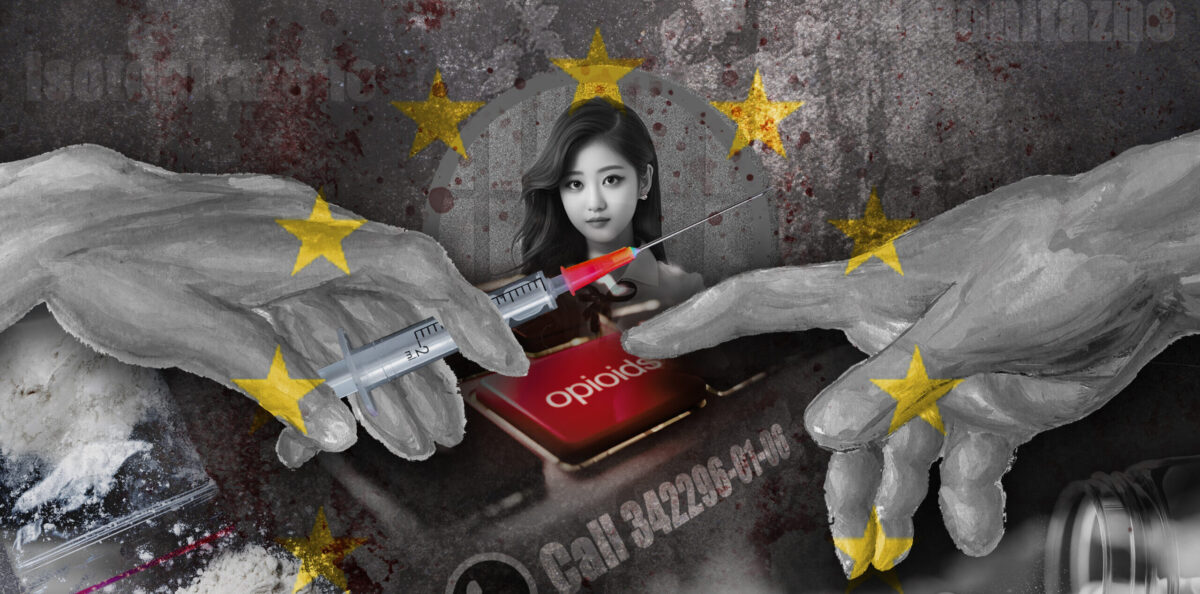Gonggar During the Doka La Standoff

Imagery acquired on 24DEC2016 of Gonggar Airbase, Tibet Autonomous Region. (Digitalglobe)
As the standoff between China and India continues at Doka La, we’ve been monitoring regional airbases on both sides of the border. Commercial imagery acquired in July of Gonggar continues to show the ongoing deployment of the PLAAF’s Shenyang J-11 fighters, a modified and locally produced version of the Russian Su-27SK. It’s possible the fighters may be an upgraded variant, though at present we’re unable to distinguish on imagery.
Up to sixteen of the fourth generation aircraft were captured on the parking apron by 21 July, up from ten observed earlier in the month. Some Indian sources report these as J-11A from the Shizuishan-based 6th Air Division’s 16th Air Regiment, though the accuracy of the source reporting has been suspect in the past.
Overall, a review of historical imagery shows that the number of aircraft deployed to the high altitude airport continued to climb last year. Prior to the arrival of the J-11s, imagery now available in Google Earth also shows at least sixteen J-10 parked on the operations apron in December. Indian sources report these as J-10As from the Mengzi-based 44th Air Division’s 131st Air Regiment.
Interestingly, fighters forward deployed in 2016 have also been sharing the apron with either a rotation of MI-17 or MI-171 HIP, the latter an improved variant. The HIPs were still observed on imagery throughout 2017 and up to eight were visible in recent captures.
As far as Gonggar’s surface-to-air missile site, imagery from July shows that active elements were removed from the launch pads, either returning to covered storage or possibly jumped for exercises that were widely reported in the region. Interestingly, recent imagery shows China simultaneously deploying mixed units to the pads, fielding both the HQ-12 (KaiShan-1A), a truck-mounted derivative of the HQ-2, and the strategic HQ-9, a system modeled heavily on Russia’s S-300PMU tech. The HQ-12 functions in the medium altitude role providing point defense while the HQ-9 defends at longer ranges. Since we last reported on the site, China has erected several environmental shelters to deny partial EO observation.
Bottom Line – Imagery observations continue to support the notion that China is bolstering rotations at its civil-military border airports independent of the most recent regional tensions.
(Note: This report has been updated with new observations)


